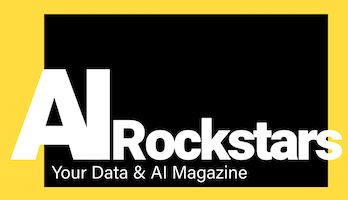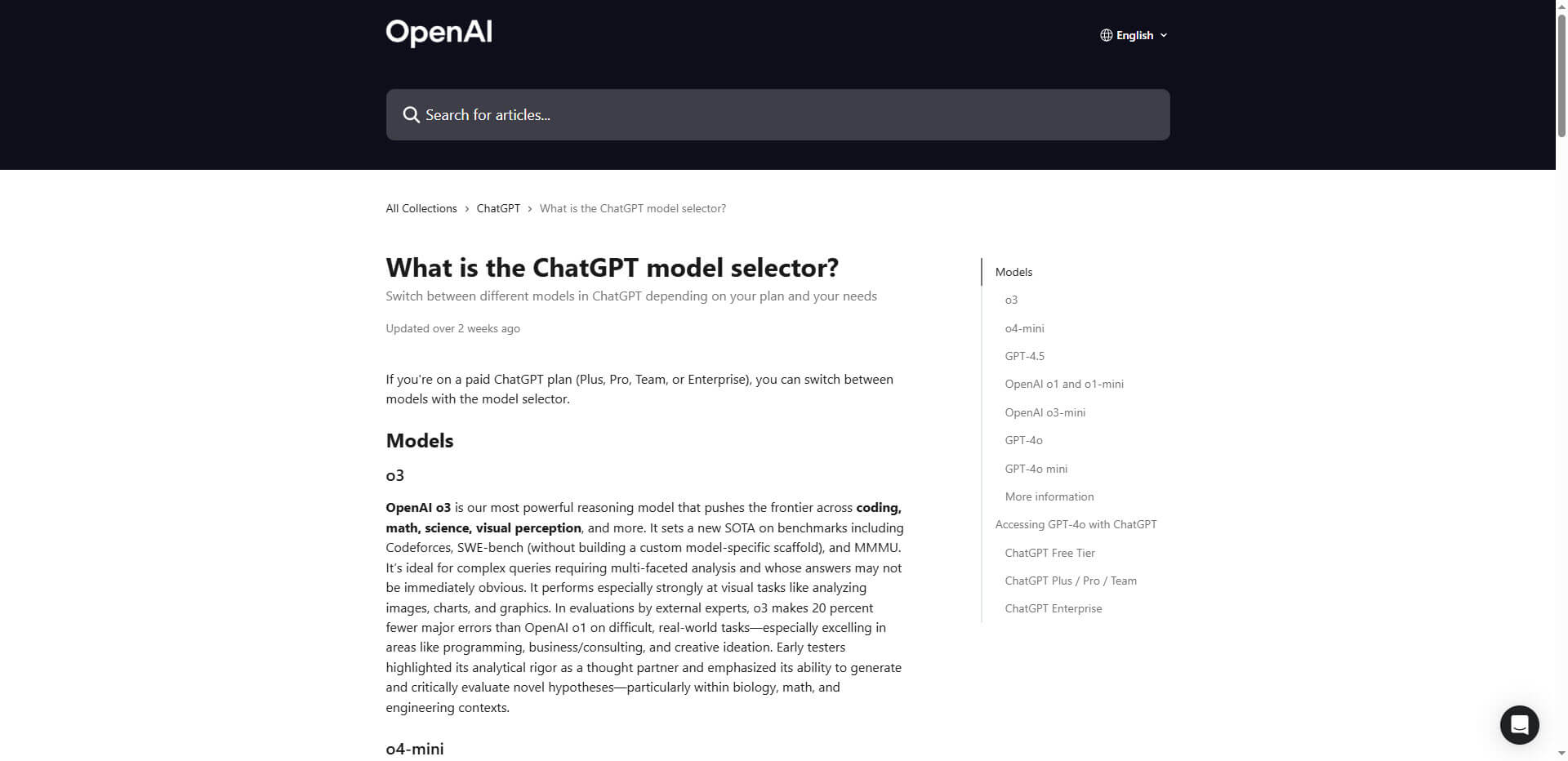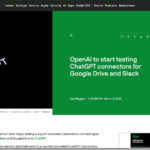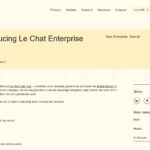The recent expansion of the ChatGPT model selector with specialized AI variants marks a decisive turning point for the use of advanced AI in the professional environment.
OpenAI has significantly expanded the model selection for ChatGPT Plus, Pro, Team and Enterprise users. The company now offers access to different model variants that are optimized for different use cases. Of particular note is the introduction of the o-series (o3, o4-mini) alongside the flagship GPT-4o, with each model offering unique strengths for specific tasks.
The new models differ not only in their performance, but also in their architecture and focus. While GPT-4o is a multimodal all-rounder that processes text, images and audio, o3 focuses on advanced thought processes and complex problem solving with simulated thinking – a technique that allows the model to pause and reflect during processing.
Specialization and efficiency as new paradigms
The o-series represents a paradigm shift in AI development. Instead of focusing only on general capabilities, OpenAI now offers models that are optimized for specific cognitive functions. For example, the o3 model achieves 71.7% accuracy on SWE-bench coding challenges through improved pattern recognition in programming languages, while o4-mini delivers a throughput of 137 tokens per second – ideal for applications that prioritize speed over absolute precision.
The development of the efficiency models is particularly interesting. OpenAI has managed to create a model with o4-mini-high that can handle 83% of coding tasks at 40% lower computational costs compared to o3. This enables companies to scale AI systems more cost-efficiently without making significant compromises in performance.
Multimodal integration as a future direction
The flagship model GPT-4o shows where the journey is heading: towards seamless integration of different forms of input. With a 128k token context window, it can analyze long documents and simultaneously understand images and audio recordings. Real-time translation in over 50 languages and emotional speech synthesis significantly expand the use cases for global collaboration.
For organizations, this multimodal functionality offers significant benefits. In ChatGPT Enterprise, teams can use GPT-4o for multilingual meeting summaries and visual data interpretation. At the same time, for analytical tasks such as risk analysis, competitive data analysis and compliance checks, the o3 model is recommended, which is optimized for these scenarios.
Summary:
- Model diversity: OpenAI offers specialized AI variants for different use cases – from multimodal all-rounders (GPT-4o) to reasoning specialists (o3)
- Increased efficiency: Smaller models such as o4-mini achieve surprising performance at significantly lower costs and faster response times
- Architectural advances: Techniques such as simulated reasoning significantly improve the analytical capabilities of the models
- Context understanding: Extended context windows of up to 200,000 tokens enable the analysis of large documents
- Future trends: Development is moving towards specialized models with closer coupling between visual, textual and auditory processing modules
Source: OpenAI







